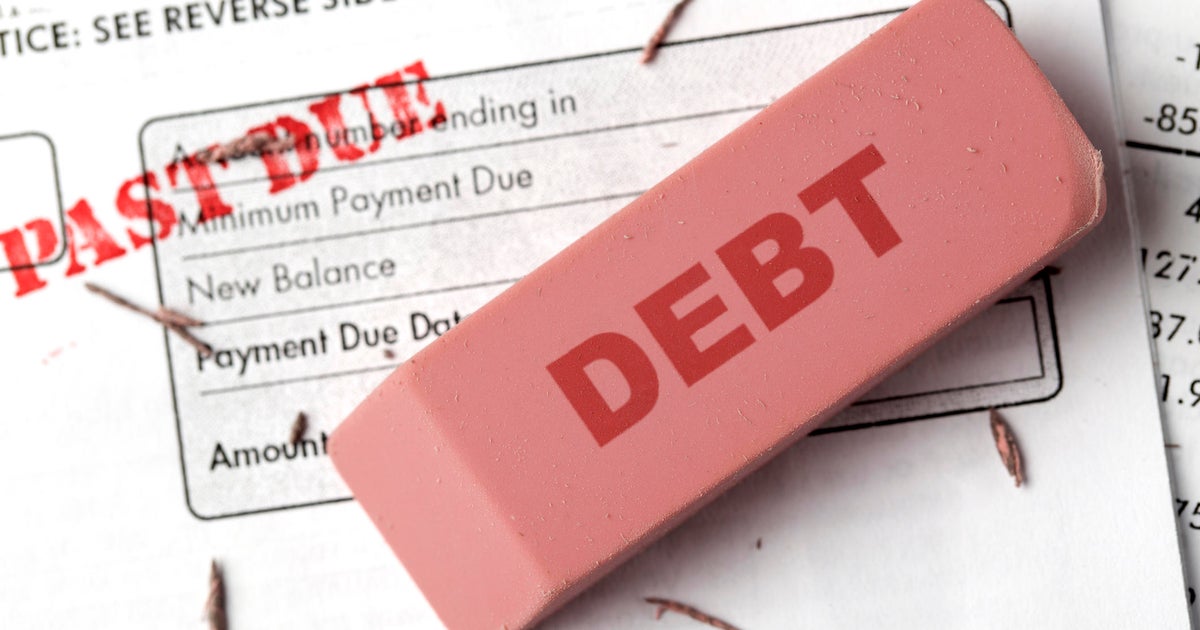1 in 5 credit cards are maxed out: 5 ways to lower your balance
As persistent (but cooling) inflation continues to impact people's finances and elevated interest rates continue to increase borrowing costs, a troubling reality has emerged: nearly one in five credit card users are now maxed out, according to the latest Quarterly Report on Household Debt and Credit from the New York Fed. Credit card delinquencies are also climbing, with nearly 9% of credit card debt categorized as delinquent in the first quarter of 2024.
These statistics paint a sobering picture of the financial struggles many Americans are facing in today's economic environment. And if these accounts are left unchecked, they can quickly spiral into a cycle of mounting interest charges and penalties, eroding your financial stability and well-being. The consequences can be far-reaching, from damaged credit scores to the looming threat of bankruptcy.
So, in this era of economic uncertainty and rising costs of living, it may be more crucial than ever for you to take proactive steps to regain control over your finances by reducing your credit card debt. Fortunately, there are several strategies that you can employ to lower your credit card balances and pave the way toward financial freedom.
Find out more about today's best debt relief options now.
5 ways to lower your credit card balance
If you want to lower your maxed-out credit card balances and pave the way toward financial freedom, these strategies may be worth considering:
Negotiate lower settlements with your creditors
If you're facing serious financial hardship, one effective approach to lower your credit card balances may be to negotiate directly with creditors for lower settlements. After all, creditors are often willing to accept a lower amount if it means recovering at least a portion of the debt.
When you take this approach, you typically contact your credit card companies, explain your financial hardship and propose a lump sum payment that is less than the total balance owed. By demonstrating a genuine willingness to repay what you can and presenting documentation of your financial situation, you may be able to settle your accounts for a portion of the original balance.
Learn how the right debt relief option could help you get rid of your credit card debt.
Get a new interest rate or terms with a debt management program
Enrolling in a debt management program through a reputable debt relief agency can also help to provide much-needed relief. These agencies work with your creditors to lower interest rates, waive fees or get new terms based on what you can reasonably afford. These reduced interest rates allow more of your payment to go toward reducing the principal balance on your cards. In turn, they can help save thousands in interest charges while providing a clear path out of debt, provided that you are diligent about paying off what you owe.
Use debt settlement to cut down on what you owe
If you're facing insurmountable unsecured debt with no way to pay it off in a reasonable timeframe, debt settlement may be an option worth considering. This route involves hiring a debt relief company to negotiate lump sum settlement payments with each creditor for a portion of the debt owed, which can often be reduced to between 30% and 50% of the balance.
While this process will do some damage to your credit score in the short term, debt settlement can allow you to resolve debts you could not realistically pay back in full otherwise. However, it also requires saving up a lump sum to present to creditors and dealing with collections calls and potential lawsuits until each debt is resolved.
Lower your interest costs with debt consolidation
Consolidating multiple high-interest credit card balances into a single loan with a lower interest rate can provide breathing room when your cards are maxed out. You have a few options when it comes to debt consolidation, too. For example, it could involve taking out a debt consolidation loan, using a low-interest home equity loan or transferring balances to a new card with a 0% promotional annual percentage rate (APR). By combining all outstanding balances into one monthly payment at a lower interest rate, though, you may be able to reduce your monthly costs and potentially save thousands over the payoff period.
Wipe the slate by filing for bankruptcy
In severe cases where your debts are simply insurmountable through any other means, filing for bankruptcy may be the only path to relief. Filing Chapter 7 bankruptcy can discharge credit card balances and other unsecured debts, allowing for a fresh start, though it will severely impact your credit for several years. Chapter 13, on the other hand, involves a debt repayment plan and it protects you from facing issues with foreclosure or repossession. That said, bankruptcy has some long-lasting consequences and should typically only be considered after exhausting all other options.
The bottom line
Regardless of the strategy you choose, it is essential to approach your credit card debt repayment plan with commitment and a long-term perspective. Creating a realistic budget, cutting expenses and increasing income through a second job or side gig can free up funds to pay down balances faster. And, after you've gotten your credit card debt under control, it's important to focus on developing healthy money habits, living within your means and prioritizing savings to help prevent a recurrence of crippling debt.




